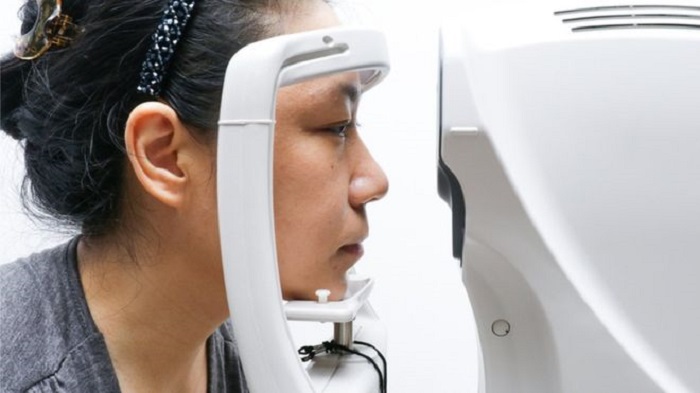Blasting the brain with soundwaves could help reverse Parkinson’s

Those who suffer from tremors currently rely on drugs or an invasive procedure called deep brain stimulation, which involves surgically implanting electrodes into the brain.
The shaking is caused by faulty circuits in the thalamus, a small area at the base of the brain.
The new treatment targets the thalamus with high-frequency sound waves. The ultrasound beam generates heat that breaks the abnormal circuit causing the tremor.
Scientists at Imperial College Healthcare NHS Trust in London are testing the therapy on 20 people with ‘essential tremor’
Trials in the US and Japan have already shown that the technique, applied under local anaesthetic, reduces the severity of tremors by at least 80 per cent. In future, experts hope to use the treatment to tackle other conditions which cause tremors, including Parkinson’s and multiple sclerosis.
Consultant radiologist Professor Wladyslaw Gedroyc, who is pioneering the treatment in the UK, said: ‘We are pleased with the results of the trial so far.
‘We anticipate that this new approach to therapy in essential tremor and other movement disorders, including Parkinson’s, will allow huge improvements in patients’ quality of life without the need for invasive procedures or expensive, poorly tolerated and often ineffective drug therapy.’
Trial patient Selwyn Lucas, 52, from St Austell, Cornwall, has lived with a tremor in his right hand for 20 years. He said: ‘For many years I managed to live a relatively normal life with my tremor, but over the past five years it had started to prevent me from leading the life I wanted to lead.
Trial patient Selwyn Lucas, 52, from St Austell, Cornwall, has lived with a tremor in his right hand for 20 years
‘It was also particularly difficult to continue my job as a painter and decorator as I had to learn to perform my job using my left hand and being a right-handed person this slowed my ability to complete jobs.
‘Since the treatment, I have been able to write my own name for the first time in many years and taken my wife out for a lovely meal without fear of embarrassing myself. I will also be able to go back to using my right hand.’
Trial co-ordinator Dr Peter Bain, a consultant neurologist at Imperial, said tremor can be devastating. ‘It can leave them significantly disabled and socially ill at ease,’ he said.
‘This new technique, which is in my view the biggest breakthrough in medical science in the past 20 years, could offer hope to many in the future by providing those with limited treatment options a non-invasive highly effective treatment.’
The £1million funding for the trial came from a legacy left to Imperial College Healthcare by a former nurse.
Claire Bale, of Parkinson’s UK, said: ‘The development of focused ultrasound techniques offers a new and promising tool for treating tremor. It is particularly attractive because this therapy could provide similar benefits to deep brain stimulation but without the need for invasive brain surgery.’
























-1745485667.jpg&h=190&w=280&zc=1&q=100)






















